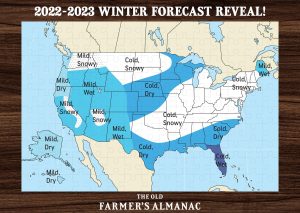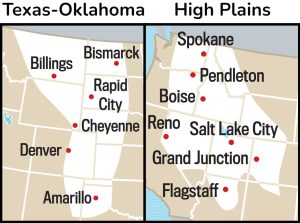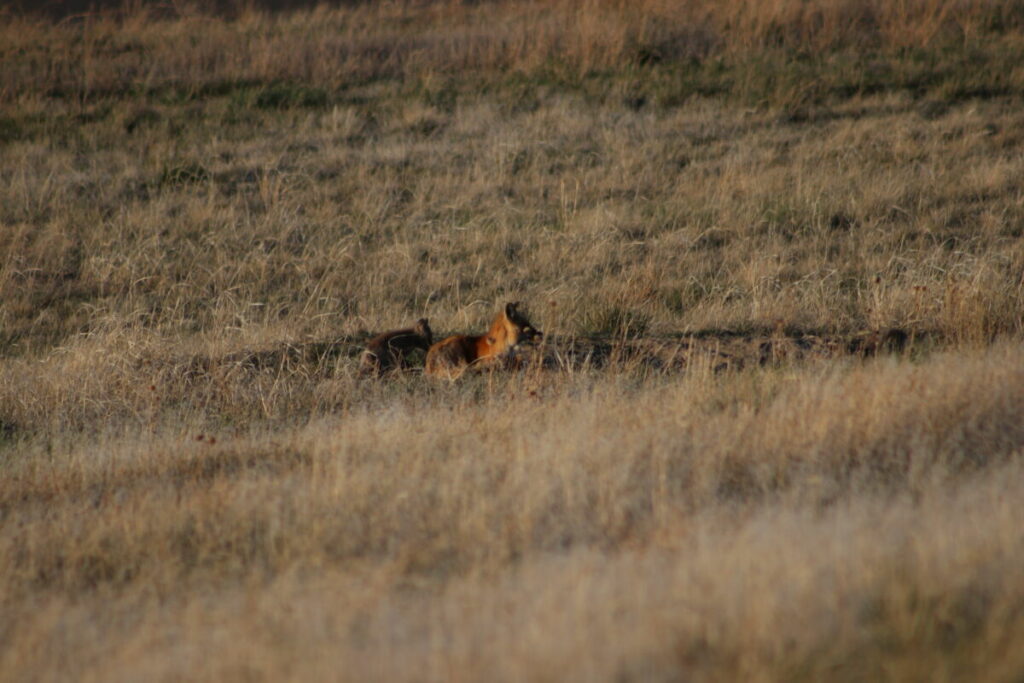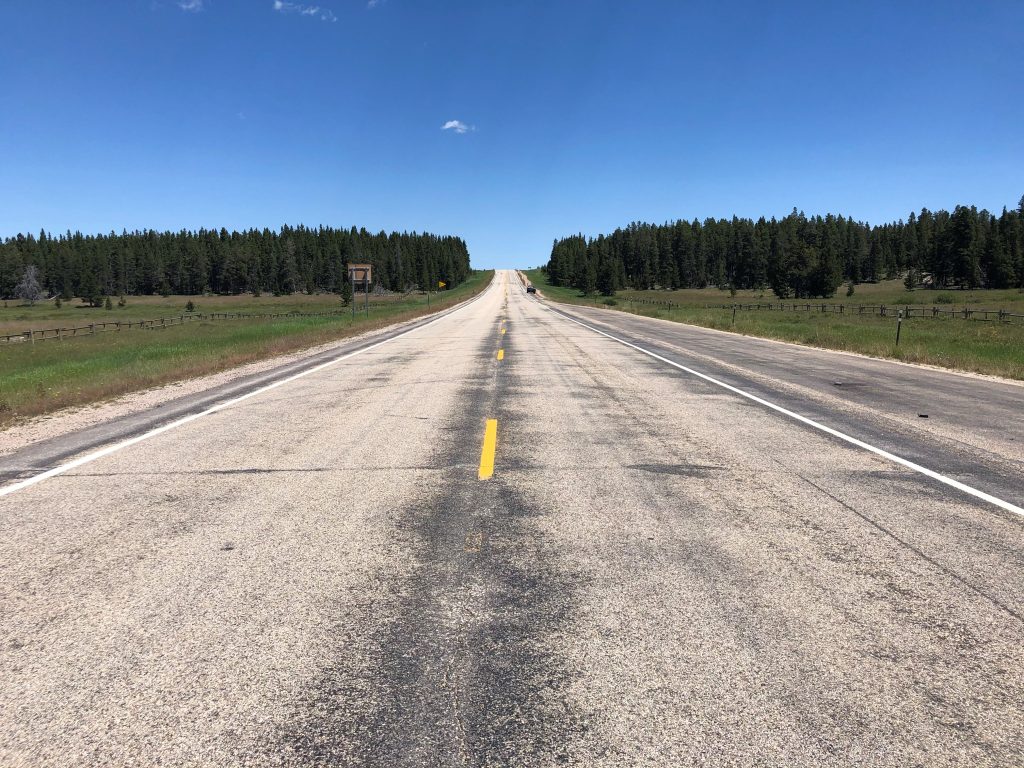Bighorn Basin’s Winter Forecast is Colder than Normal – But What About Snow?
Written by Andrew-Rossi on September 15, 2022
Winter forecasts call for below-average temperatures but different amounts of snow across the country – and the Bighorn Basin appears to be caught between two different winters.
Fall hasn’t started yet – the season officially ends on Thursday, Sept. 22. But winter is coming . . .
The Old Farmer’s Almanac has released its forecast for Winter 2022-2023. As expected, different regions of the United States will experience different winter intensities.
Overall, the 2023 Old Farmer’s Almanac predicts a “Wet & Mild” winter for most western states and a record-breaking cold and snowy winter for most eastern states.
According to the almanac:
- Winter temperatures will be milder than average across eastern Maine, from the Rockies to the West Coast, and across Alaska and Hawaii.
- Precipitation will be above normal from Maine to southeastern Virginia, in Florida, and from the lower Great Lakes into Missouri.
This forecast is a “stark contrast” to the rest of the nation. The eastern and southern states of the U.S. “should brace for potentially record-breaking cold. Temperatures in the south could be as much as 8°F below normal!
According to the almanac:
- Winter temperatures will be colder than average across the country between the East Coast and Rockies.
- Snowfall will be greater than average from central New England through northern North Carolina, from the Lower Great Lakes and the Ohio and Tennessee Valleys into the southern Plains, from the northern Plains into eastern Washington, and across the higher terrain of the southern Rockies and California.
- Freezing temperatures will also bring above-average snow totals to most areas in the eastern U.S. that typically experience snowfall.
So, what about the Bighorn Basin? Based on the almanac’s maps – it could go either way.
The Old Farmer’s Almanac has 18 separate regional forecasts for the 48 contiguous states, Alaska and Hawaii. The Bighorn Basin is in the middle of two regions: Texas-Oklahoma and High Plains.
Both regions have different winter forecasts.
Based on these regional maps, the Bighorn Basin is right on the line between an above-average or below-average season of snow.
The forecast for the Texas-Oklahoma region is a colder than normal winter, “with the coldest periods in early to mid-January and early to mid-February.” However, precipitation will be below average, with the best chances for snow in mid-to-late January and early February.
Incidentally, the High Plains region is also forecast to have a colder than normal winter. The coldest periods will be late November, early December, early January, and early and late February.
However, precipitation and snowfall will be above normal in the north and below normal in the south. The snowiest periods will be mid-to-late November, mid-to-late January, and early February.
Luckily, there is one caveat. While the Texas-Oklahoma region is forecast to have less snow overall, “snowfall will be above average in the north.” That, it seems, balances everything out.






